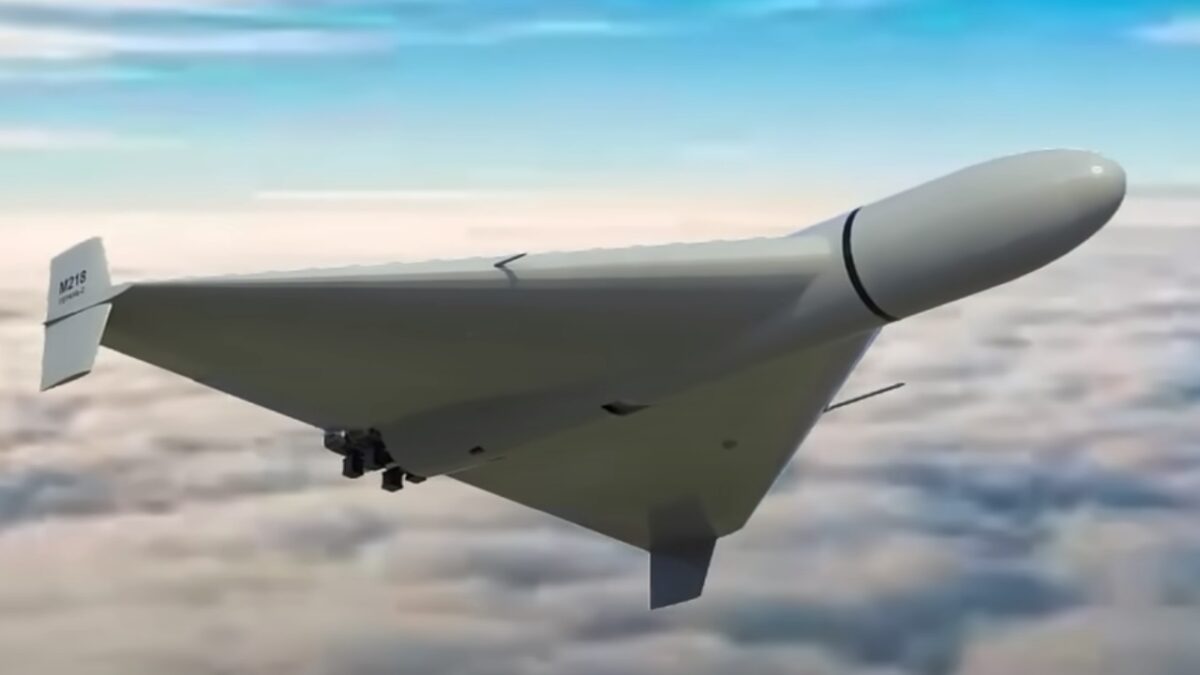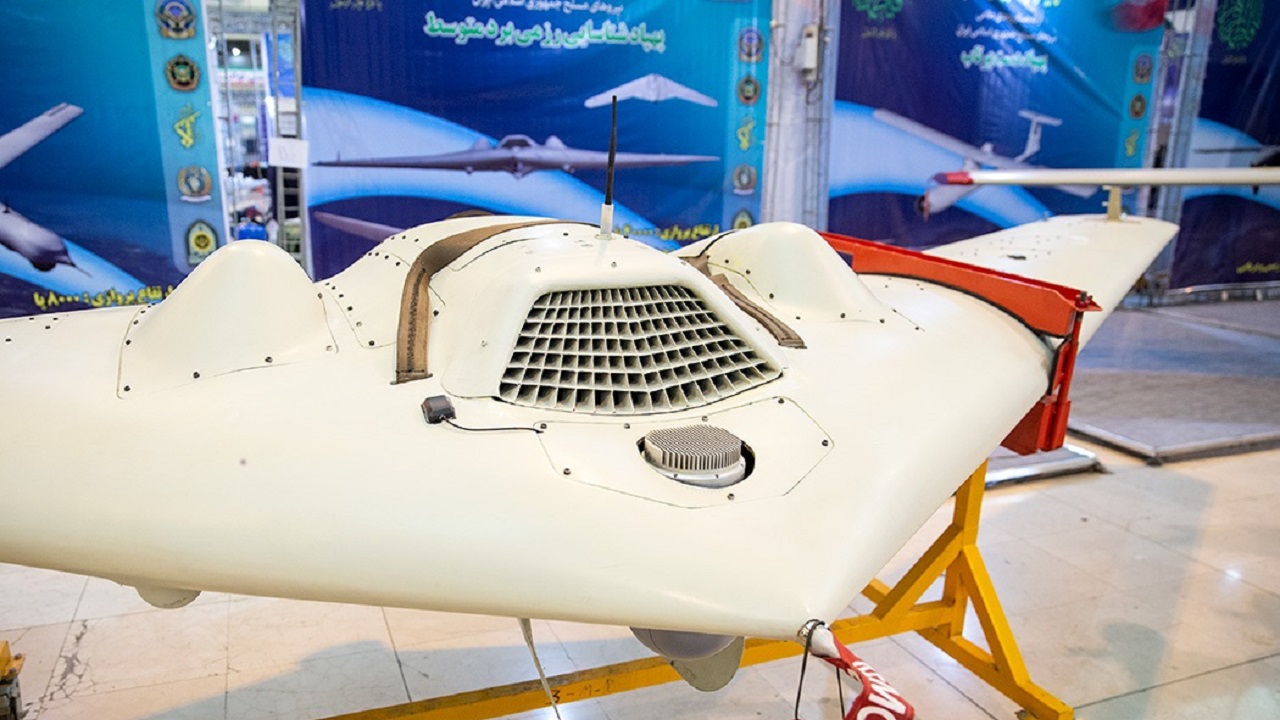U.S. Navy Confirms Iranian Origins of Recent Drone Attack: In what may seem like something out of a military-themed episode of CSI: Crime Scene Investigation, ordnance experts have conclusively linked a recent drone attack off the coast of Oman to the government in Tehran.
Iran and Those Drones
A pair of United States Navy explosives ordnance technicians confirmed Iran’s connection to a November 15 aerial drone attack on a Liberian-flagged commercial tanker that was transiting international waters. Working at a U.S. Navy lab in Bahrain, the experts assessed the damage and collected debris fragments for the unmanned aerial vehicle (UAV) for forensic analysis.
Over just a two-hour survey and evidence collection process, the technicians were also able to obtain explosive residue samples for lab testing.
A self-destructing drone had attacked the Pacific Zircon, a Liberian-flagged, Israeli-affiliated tanker carrying gas oil, last week.
“We see this as an Iranian provocation in the Gulf – it’s not an attack against Israel – it’s the same thing they usually do in the Gulf, trying to disrupt stability and mainly influence World Cup events,” an undisclosed Israeli official told CNN last week.
The drone, reported to be an Iranian-made HESA Shahed-136, did not disable the ship or interrupt its journey. The U.S. Navy confirmed that the drone ripped a 30-inch-wide (76 cm) hole into the back of the ship, and the explosive impact damaged a shipboard boiler, potable water tank, and life raft.
“The Iranian attack on a commercial tanker transiting international waters was deliberate, flagrant and dangerous, endangering the lives of the ship’s crew and destabilizing maritime security in the Middle East,” Vice Adm. Brad Cooper, the top U.S. Navy commander in the Middle East, said in a statement.
Terror Weapon
U.S. 5th Fleet transported the gathered evidence to a lab at its Bahrain headquarters where technicians confirmed Iran’s connection to the attack. The Shahed-136 UAV is the same type of self-destructing drone that Tehran has reportedly supplied to Moscow, and which the Kremlin has been using in recent attacks against Ukraine’s cities.
The delta-wing HESA Shahed-136 has been described as a cheap and easy-to-use drone that can fly at up to 180 km/h (112mph) with a range of 2,500 km (approximately 1,550 miles). Russia has had to rely on the Iranian drones as its stockpiles of missions have been depleted, and it has enabled the Kremlin to strike logistical infrastructure far from the front lines.
Tehran has also supplied aerial drone technology to the Houthis in Yemen used in attacks against Saud Arabia and the United Arab Emirates earlier this year.

Shahed-136. Image Credit: YouTube Screenshot.
Upon learning of last week’s attack in the Persian Gulf region, the British Royal Navy dispatched the frigate HMS Lancaster (F229) to the scene. U.S. 5th Fleet also directed guided-missile destroyer USS The Sullivans (DDG 68), patrol coastal ship USS Chinook (PC 9), and a P-8 Poseidon maritime patrol aircraft to assist and assess the situation.
A Senior Editor for 19FortyFive, Peter Suciu is a Michigan-based writer. He has contributed to more than four dozen magazines, newspapers, and websites with over 3,000 published pieces over a twenty-year career in journalism. He regularly writes about military hardware, firearms history, cybersecurity, and international affairs. Peter is also a Contributing Writer for Forbes and Clearance Jobs. You can follow him on Twitter: @PeterSuciu.

